Важность твердого сплава для прецизионных инструментов
Твердосплавные инструменты это невоспетые герои точного машиностроения. Представьте, что вы пытаетесь вырезать шедевр тупым резцом или нарезать овощи тупым ножом. Это разочаровывает и неэффективно, верно? Именно здесь на помощь приходят твердосплавные инструменты - острые и надежные рабочие лошадки в самых разных отраслях промышленности, от аэрокосмической до деревообрабатывающей.
Что делает твердый сплав незаменимым? Все дело в точности и долговечности. Твердосплавные инструменты сохраняют свою режущую кромку дольше, чем инструменты из других материалов, обеспечивая точность в самых ответственных задачах. Будь то создание сложных форм или обработка сверхпрочных металлических деталей, твердосплавные инструменты обеспечивают точность, как никакие другие. Давайте подробнее разберемся, что делает этот материал таким особенным.
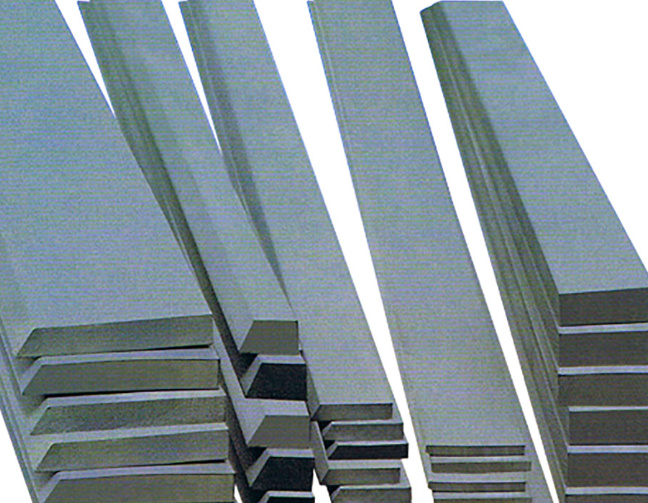
Что такое твердый сплав для прецизионных инструментов?
Карбид - это композитный материал, состоящий в основном из карбида вольфрама и связующего вещества, обычно кобальта. Считайте, что это гибридный материал, сочетающий в себе лучшее из двух миров: твердость керамики и прочность металлов. Частицы карбида вольфрама похожи на крошечные алмазы, что придает материалу невероятную твердость, а металлическое связующее удерживает эти частицы вместе, добавляя прочности.
Почему это важно? Потому что именно это уникальное сочетание позволяет твердому сплаву выдерживать экстремальный износ при резке, шлифовке и сверлении. Без преувеличения можно сказать, что твердый сплав является основой современного производства.
Состав твердого сплава для прецизионных инструментов
Именно состав карбида обеспечивает его суперспособности. Давайте разберемся:
- Карбид вольфрама (WC): Основной ингредиент, составляющий 70-97% материала. Он невероятно твердый, по шкале Мооса стоит чуть ниже алмаза.
- Кобальт (Co): Металлическое связующее вещество, которое удерживает частицы карбида вольфрама вместе. Он отвечает за прочность материала.
- Другие добавки: Такие элементы, как титан, тантал или ванадий, иногда добавляют для улучшения специфических свойств, например, жаропрочности или коррозионной стойкости.
Точный рецепт зависит от назначения инструмента. Например, инструменты, используемые для высокоскоростной обработки, могут иметь более высокое содержание кобальта для повышения прочности.
Преимущества Твердый сплав для прецизионных инструментов
| Характеристика | Преимущество |
|---|---|
| Твердость | Сохраняет острые кромки в течение длительного времени, сокращая время простоя на заточку. |
| Износостойкость | Легко справляется со средами с высоким коэффициентом трения. |
| Термостойкость | Хорошо работает при высоких температурах, не теряя прочности. |
| Жесткость | Устойчив к сколам и трещинам при больших нагрузках. |
| Универсальность | Подходит для широкого спектра задач, от резки до шлифовки. |


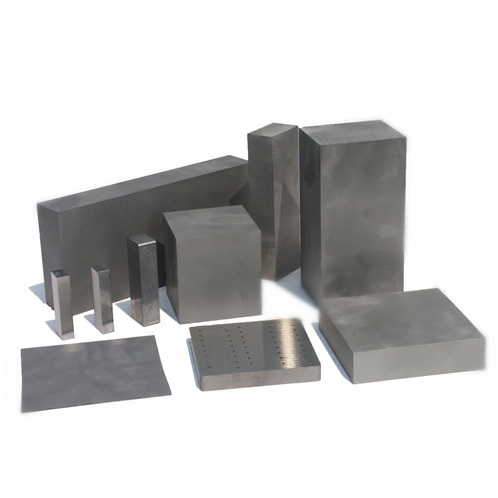
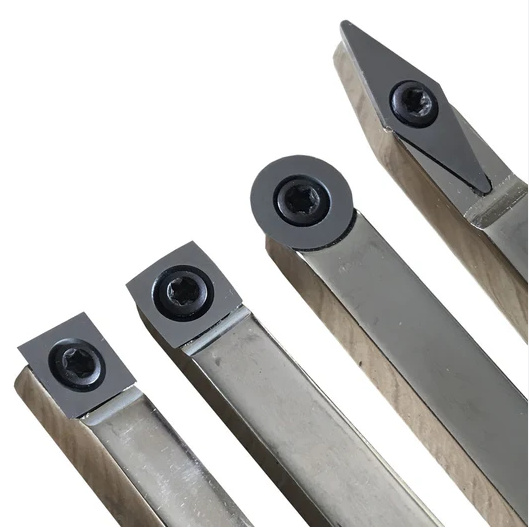

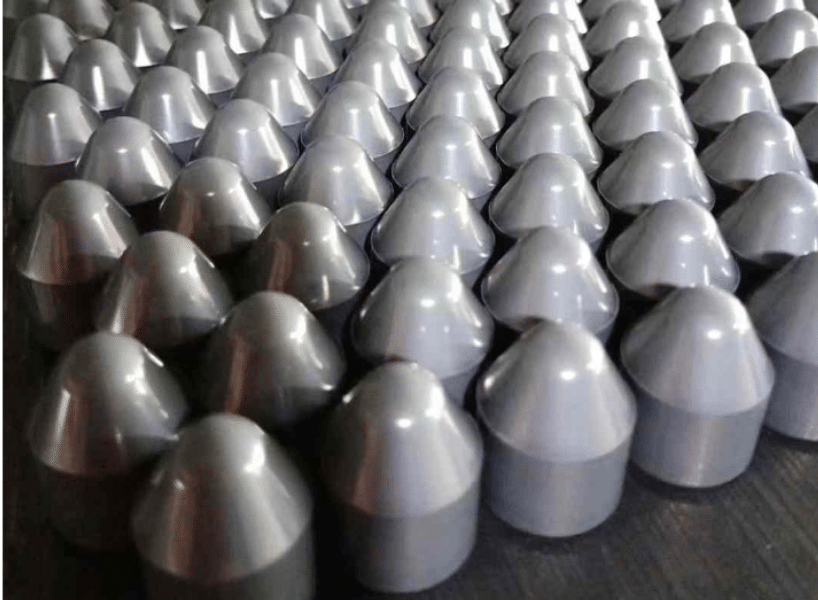
Области применения твердосплавных прецизионных инструментов
| Промышленность | Приложение |
|---|---|
| Аэрокосмическая промышленность | Обработка легких высокопрочных сплавов. |
| Автомобильная промышленность | Производство компонентов двигателя и деталей трансмиссии. |
| Металлообработка | Резка, сверление и фрезерование. |
| Деревообработка | Создание гладких поверхностей на твердых и мягких породах дерева. |
| Добыча | Бурение скал и выемка грунта. |
Сравнение: Твердый сплав По сравнению с другими инструментальными материалами
Когда речь заходит об инструментальных материалах, твердый сплав часто оказывается на первом месте, но давайте сравним его с некоторыми распространенными альтернативами:
Твердый сплав против быстрорежущей стали (HSS)
- Твердость: Твердый сплав значительно тверже быстрорежущей стали, что делает его более подходящим для высокоточных работ.
- Долговечность: Инструменты из твердого сплава служат дольше, что снижает необходимость в их частой замене.
- Стоимость: Несмотря на то, что твердосплавный материал дороже на начальном этапе, его долговечность часто делает его более выгодным в долгосрочной перспективе.
Твердосплавные и керамические инструменты
- Прочность: Твердый сплав прочнее керамики и менее склонен к образованию сколов и трещин.
- Универсальность: Твердый сплав отлично справляется с широким спектром задач, в том числе с большими нагрузками.
- Термостойкость: Хотя керамика может выдерживать более высокие температуры, карбид обеспечивает лучший баланс между жаропрочностью и вязкостью.
Советы по выбору правильных твердосплавных инструментов
Выбор подходящего твердосплавного инструмента может быть похож на выбор правильной кофейной смеси - ведь вариантов так много! Вот что следует учитывать:
- Обрабатываемый материал: Вы работаете с деревом, металлом или композитными материалами? Класс и геометрия инструмента должны соответствовать материалу.
- Тип применения: Для резки, сверления или шлифовки существует специальный инструмент, предназначенный для этой работы.
- Покрытие: Инструменты с такими покрытиями, как TiN (нитрид титана) или TiAlN (нитрид титана и алюминия), обеспечивают повышенную производительность при работе с высокими температурами.
- Репутация бренда: Придерживайтесь авторитетных брендов, известных своим неизменным качеством.
- Стоимость против долговечности: Не просто смотрите на ценник: подумайте о том, как долго инструмент прослужит и какую пользу он принесет.
Как выбрать Твердый сплав Заточка инструментов
Заточка твердосплавных инструментов - это искусство и наука. Вот как сделать это правильно:
- Поймите геометрию инструмента: Твердосплавные инструменты имеют особые углы и геометрию, которые необходимо соблюдать при заточке.
- Используйте правильное оборудование: Алмазные шлифовальные круги необходимы для заточки твердосплавных инструментов. Обычные шлифовальные круги не справятся с этой задачей - в буквальном смысле!
- Держите себя в руках: Перегрев может повредить твердый сплав. Для предотвращения этого используйте охлаждающую жидкость.
- Проверьте, нет ли трещин: Перед заточкой осмотрите инструмент на предмет повреждений. Инструмент с трещинами может быть небезопасен для использования.
- Наймите профессионала: Если вы не уверены в своих силах, обратитесь к профессиональным специалистам по заточке. Часто это стоит того, чтобы вложить деньги.
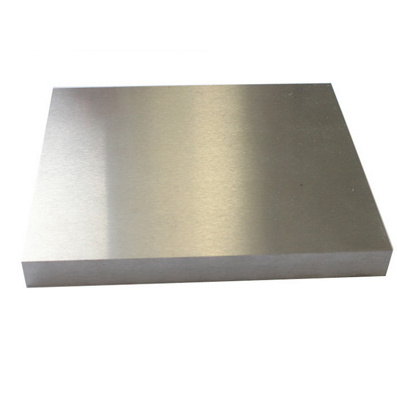
ЧАСТО ЗАДАВАЕМЫЕ ВОПРОСЫ
| Вопрос | Ответить |
|---|---|
| Как лучше всего затачивать инструменты из твердого сплава? | Для точной и эффективной заточки используйте алмазный шлифовальный круг. |
| Как часто следует затачивать инструменты из твердого сплава? | Это зависит от условий эксплуатации, но обычно после заметного потускнения или снижения производительности. |
| Можно ли затачивать твердосплавные инструменты в домашних условиях? | Да, при наличии соответствующего оборудования и навыков, но профессиональные услуги гарантируют лучший результат. |
| Какие ошибки часто встречаются при заточке? | Перегрев, использование неправильных углов или неподходящего оборудования. |
| Все ли твердосплавные инструменты требуют заточки? | Не все - некоторые из них предназначены для одноразового использования после носки. |


